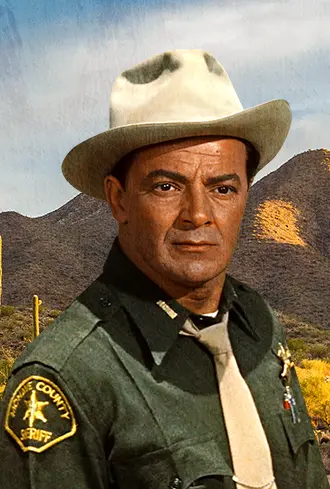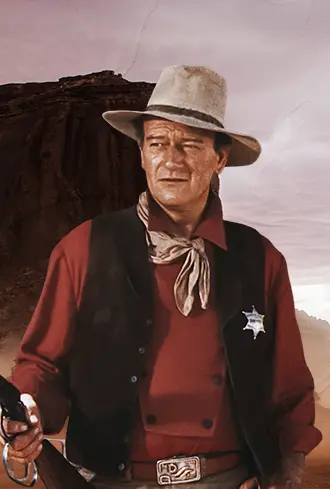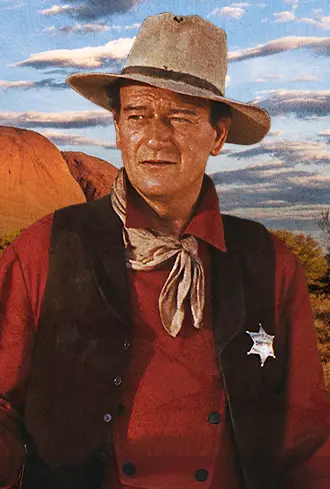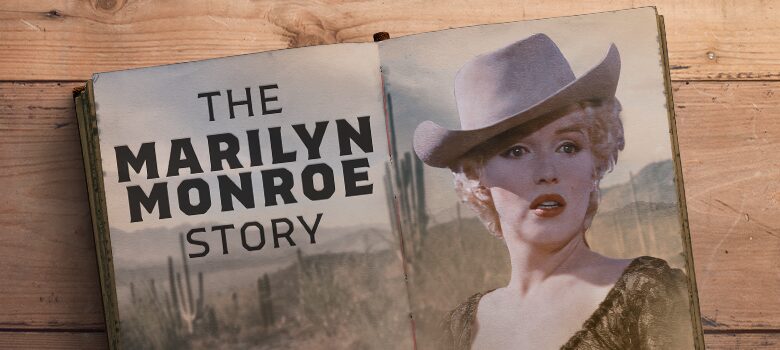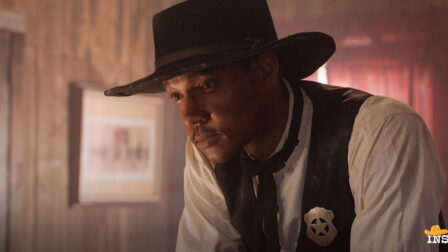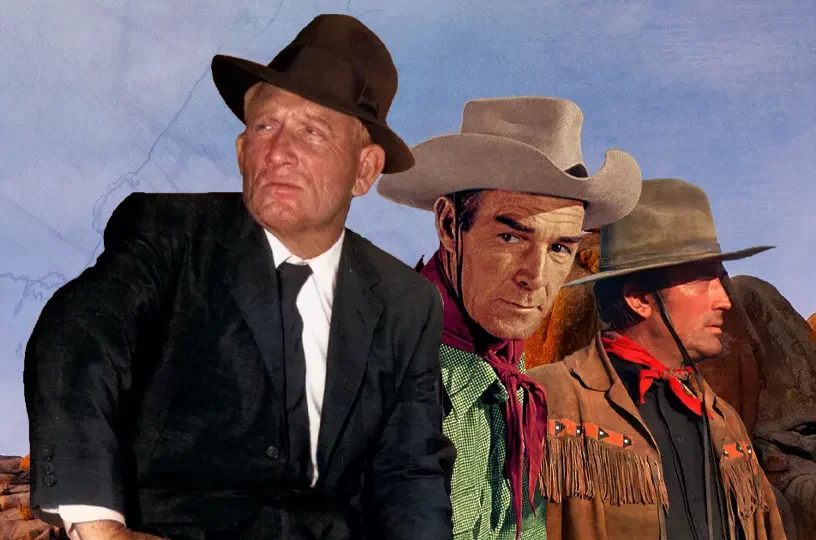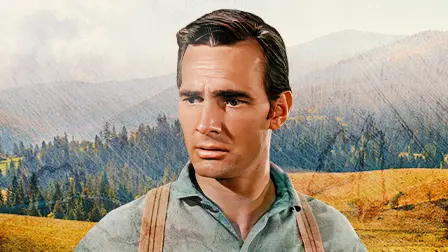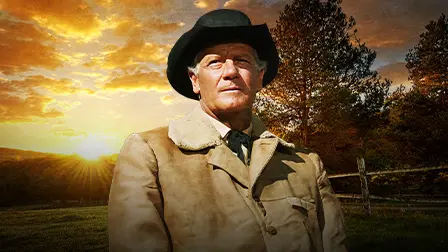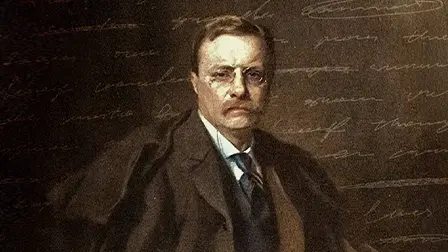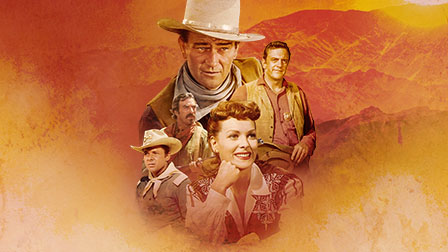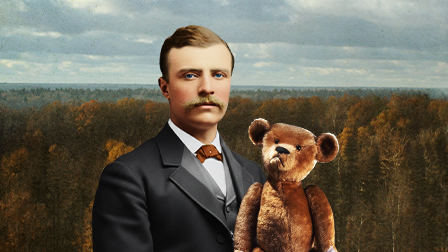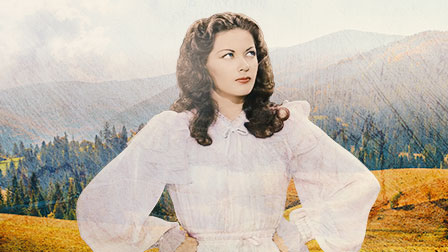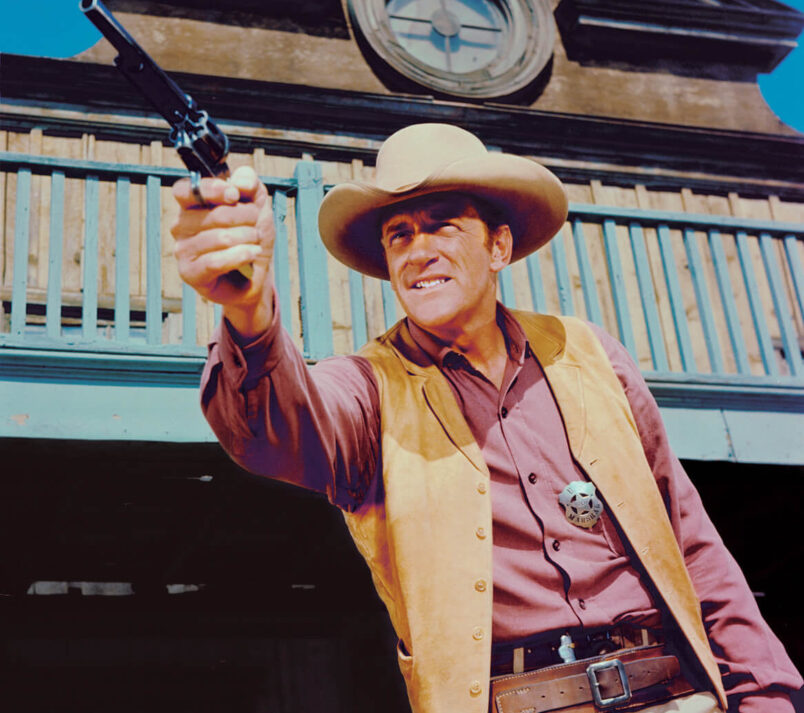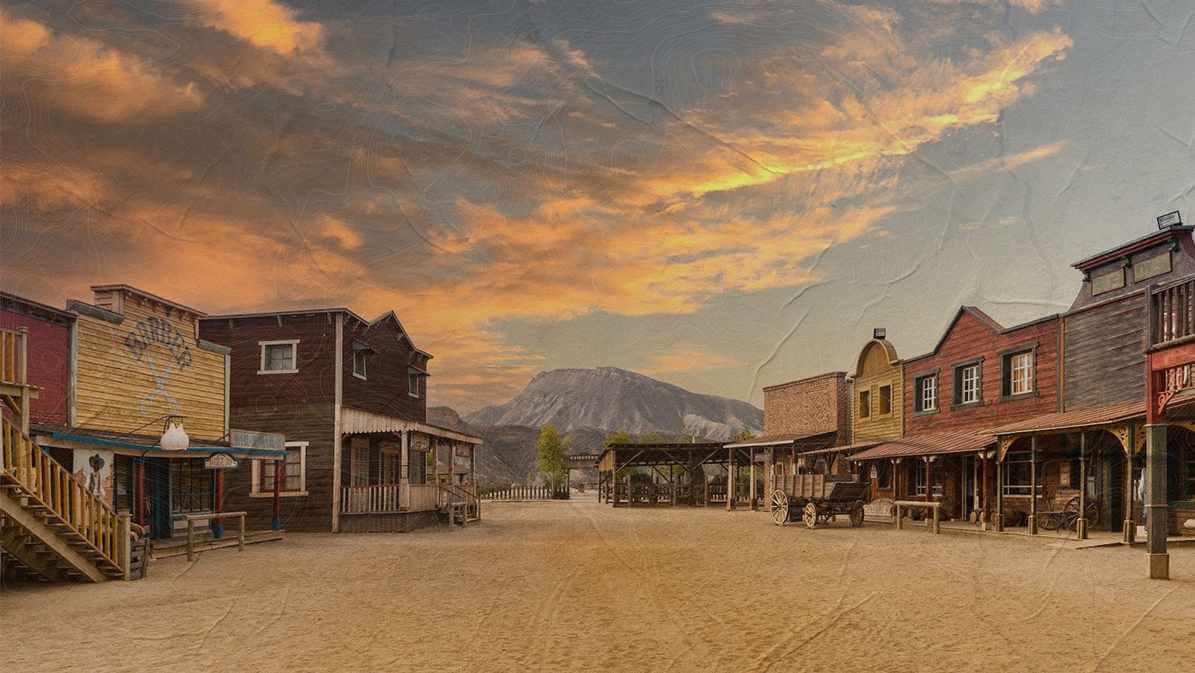By John McGran
- Norma Jeane Mortenson was born June 1, 1926 in Los Angeles
- A studio executive is credited with suggesting she take the name Marilyn Monroe
- The 23 films in which she appeared grossed more than $200 million
She lived a painfully short 36 years and her filmography spanned a scant 23 movies. Yet her candle burned out long before her legend ever did—and ever will.
Marilyn Monroe lives on not only because of her amazing beauty and talent, but maybe more so because of the scandal sheet headlines spawned by a tawdry train-wreck lifestyle littered with ill-fated relationships, erratic behavior and a tragic death.
So how did a life story that once had the earmarks of an American success story careen off the tracks and become a three-act Shakespearean tragedy?
Marilyn Monroe, this is your life.
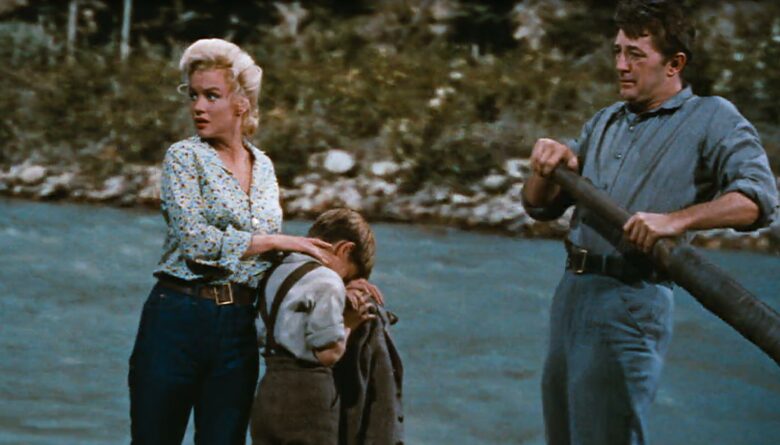 The Early Days
The Early Days
Norma Jeane Mortenson came into the world June 1, 1926 at Los Angeles County Hospital. She later took her mother’s name of Baker. Because her mom was deemed unstable and frequently confined to an asylum, Norma Jeane split much of her youth between orphanages and foster homes.
In 1942, she was employed at an aircraft factory where she met and married a co-worker. That union ended in divorce soon after World War II—about the same time she began modeling and landed a short-term contract with 20th Century Fox.
Brief appearances in films made by the Fox and Columbia studios garnered little career traction, so the girl with the reddish-brown hair returned to modeling. It proved to be a date with destiny when a nude photo or hers appeared in a pin-up calendar and landed her a role in the film Scudda-Hoo! Scudda-Hay! Other minor roles followed before she jettisoned her light brown hair and became the blonde bombshell who would steal the spotlight and millions of hearts.
Her now famous calendar shots later appeared in Playboy magazine in 1953. It has been tabbed the first centerfold in the men's magazine.
Norma Jeane was about to be born again—this time with the screen name of Marilyn Monroe. Studio head Ben Lyon is credited with suggesting the stage name Marilyn, after then Broadway star Marilyn Miller, and Monroe, her mother's maiden name.
In 1950, following an uncredited role in The Asphalt Jungle, she attracted a flood of fan mail, an eye-catching appearance in All About Eve, a new contract and meatier roles in Let’s Make It Legal, Love Nest, Clash by Night, and Niagara. Thanks to her studio-fostered image of a love goddess, she soon leap-frogged to star billing in smash films Gentlemen Prefer Blondes, How to Marry a Millionaire, and There’s No Business Like Show Business.
The Rise and Fall
Monroe became both a serious actress and a talented comedian. She honed her craft with stints at the vaunted Actors’ Studio in New York City, and in the Hollywood hits The Seven Year Itch and Bus Stop.
In 1956 she married playwright Arthur Miller and briefly retired from moviemaking.
A year later, she co-starred with Laurence Olivier in The Prince and the Showgirl. She went on to garner critical acclaim in 1959 while appearing alongside Hollywood heavyweights Tony Curtis and Jack Lemmon in Some Like It Hot.
Her final film, The Misfits, was written by Miller specifically for Monroe, though their marriage disintegrated during production and they divorced in 1961—the year the film was released. This also proved to be the final film for the legendary Clark Gable, who died later that year of a heart attack.
A year later, Monroe began filming the aptly named Something’s Got to Give. Marilyn was hired, fired, and then rehired but never finished shooting. Because of "illnesses" she was frequently absent from the set yet she found the strength to jet to New York City to attend a gala for President John F. Kennedy. It was there that Marilyn, wearing a curve-hugging sewn-on gown, purred “Happy Birthday” to the man with whom there was always speculation about her having an affair.
A few months later, on Aug. 5, 1962, she was found dead in her Los Angeles bungalow. Mainstream and tabloid media reported in painstaking detail how Marilyn had used pills to take her own life and that she went out the way she had come into this world.
Even when you died
Oh, the press still hounded you
All the papers had to say
Was that Marilyn was found in the nude
Her death was officially ruled a probable suicide yet conspiracies continue to muddy the circumstances surrounding her demise.
The coroner's determination was supported by Marilyn's well-publicized history of drug use and previous suicide attempts. Beside the bed was an empty bottle that had contained sleeping pills. Fourteen other bottles of medicines and tablets were on the night stand.
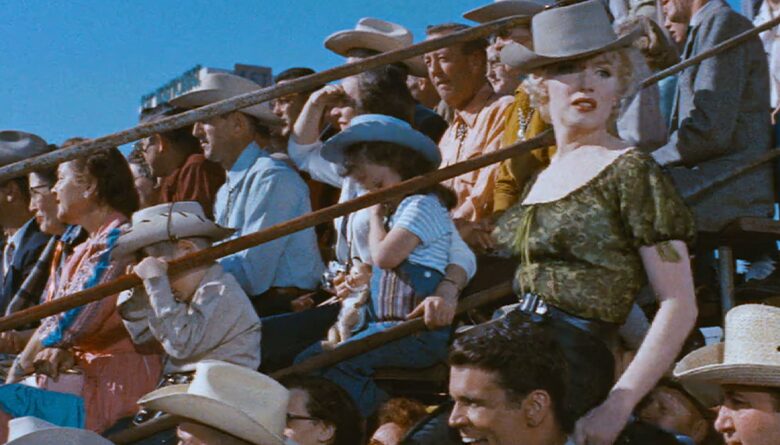 Miscellaneous Marilyn
Miscellaneous Marilyn
In their first runs, the 23 movies in which Marilyn appeared grossed more than $200 million. Her fame surpassed that of any other entertainer of her time and cemented her status of an American cultural icon.
Gladys Pearl (Monroe) was mentally and financially unable to care for daughter so she willingly placed her in foster care. Gladys eventually stabilized enough to regain control of her little girl when she was seven. However, Gladys soon after suffered a complete mental breakdown, was diagnosed as a paranoid schizophrenic, and was committed to a state mental hospital. She did outlive her daughter, dying in 1984.
Marilyn owned 400 books including the classics of Tolstoy, Whitman, Milton; she listened to Beethoven records; and she took acting classes and literature courses at UCLA.
Sandwiched between her marriages to James Dougherty (1942–46) and Arthur Miller (1956–61), Marilyn played wife to baseball Hall of Famer Joe DiMaggio (1954–55). That short bittersweet union proved an odd coupling. But Marilyn and Joe remained good friends after divorcing. DiMaggio famously sent roses to her grave several times a week for more than three decades, until his own death in 1999.
Her first film appearance was in 1947 with a bit part in The Shocking Miss Pilgrim. But it was her appearance in The Seven Year Itch that not only showcased her considerable comedic talent but contained what is arguably one of the most memorable moments in cinema history: Marilyn standing above a subway grating while the gusts from a passing train scandalously blow her white dress into disarray.
Monroe’s signature breathy speaking voice was actually a tactic the actress used to overcome a childhood stutter. A speech therapist reportedly trained her to adopt the throaty style, and it ended up becoming one of her standout traits as an actress and a singer.
At the 1962 Golden Globes, Marilyn was named female World Film Favorite.
On Aug. 8, 1962, Marilyn’s body was laid to rest in the Corridor of Memories, No. 24, at Westwood Memorial Park in Los Angeles.
About John McGran
Veteran author and web content creator John McGran has spent the past 40 years blazing trails in the fields of news, food and sports. The guy who grew up binge-watching black-and-white Westerns like The Rifleman, Gunsmoke and Bonanza has joined the posse of INSP writers to provide a colorful new look at the characters, shows and movies you know and love.
Suggest a Correction
We strive for accuracy and fairness. But if you see something that doesn’t look right, click here to contact us!

